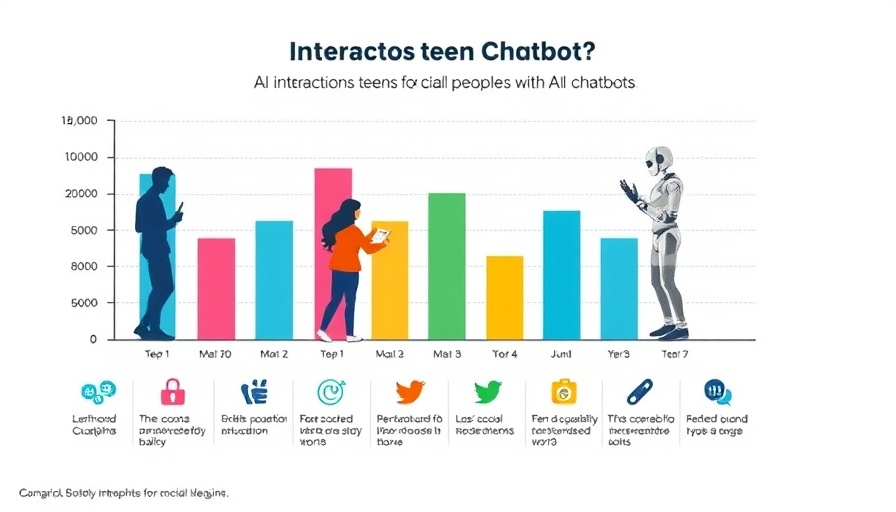
Understanding Financial Trauma: A Deeper Look
Financial trauma, much like any trauma, can profoundly affect one's emotional and mental wellbeing. It's often not just the immediate stress of financial difficulties that lingers, but the long-term impact it has on how we handle money, approach spending, and speak about financial matters. These lasting scars can manifest in various ways, leading to anxiety around both immediate and long-term financial situations.
For business owners, understanding this trauma is crucial, as it not only affects personal finances but also has far-reaching implications on decision-making and overall business strategy. Recognizing when you or your team are still healing from this kind of trauma can pave the way for necessary changes toward achieving financial wellness.
Are You Constantly Worrying About Money?
Many business owners might find themselves awake at night, plagued by financial worries. This incessant worry is a significant sign that one might still be healing from financial trauma. It's not just occasional stress; it's a constant and draining cycle. Bertrand Russell's insight that "Worry is a form of fear" holds true here. A perpetual state of anxiety can lead to mental fatigue, impeding productivity and inhibiting effective decision-making.
This state of worry can also create a barrier to achieving the financial goals one has for their business. Recognizing when such worries take hold, especially when they intertwine with broader business objectives, is crucial. By confronting these fears and understanding their origins from past trauma, business owners can take steps toward healing.
Navigating an Unhealthy Relationship with Spending
Another subtle sign you may be healing from financial trauma is the development of an unhealthy relationship with money. For example, feeling guilt when spending on necessities can be a deterrent to both personal happiness and business investment. This fear can paralyze decision-making, preventing the spend that can lead to growth and better opportunities.
Business owners must recognize that proper spending is crucial for growth. Whether it’s investing in marketing or hiring new talent, spending wisely and strategically is necessary for business expansion. A strong fear of spending may hold back not only personal growth but also the potential of the entire business.
The Emotional Toll: Why It Matters
The emotional and psychological toll of financial trauma must not be underestimated. This trauma influences our communication styles, our open discussions around money, and affects our relationships with colleagues and clients. Understanding this context can help business owners highlight the importance of building a psychologically safe environment where finances can be discussed openly, allowing for collective growth.
Recognizing Patterns: Steps to Recovery
Recognizing patterns linked to financial trauma is the first step towards recovery. Take time to reflect on your financial habits, your fears, and how they align with your ambitions. Evaluating spending practices and actively discussing finances with trusted peers can provide critical insights that aid in healing.
Moreover, engaging in community discussions or seeking professional advice on financial wellbeing can create avenues for learning and shared experiences that can mitigate the trauma associated with financial fears. Bringing this conversation to the forefront encourages a network of support where business owners can face these issues collectively, instead of alone.
Practical Tips for Moving Forward
1. **Seek Professional Help**: If financial trauma significantly affects your life, consider consulting a financial therapist or psychologist who specializes in these matters. They can help you work through your fears and develop a healthier relationship with money.
2. **Create Financial Goals**: Establish clear financial goals for both personal growth and operating your business. Having targets to aim for not only reduces worry but also provides motivation.
3. **Practice Empowered Spending**: Make a conscious effort to reframe your mindset around spending. Focus on the value and potential return rather than just the financial outlay. This change in perspective can diminish guilt and promote healthier financial practices.
4. **Engage with a Financial Community**: Consider joining professional groups where you can discuss and share experiences related to financial challenges. Shared stories often lead to shared strategies for overcoming those challenges.
In Conclusion: A Path to Healing
Ultimately, healing from financial trauma is a journey. For business owners navigating the complexities of growth while managing their personal finances, recognizing these signs is essential. By addressing your fears, seeking support, and reshaping your relationship with money, you can create a thriving environment for both yourself and your enterprise. Remember, healing is not linear, but every action you take can lead to a more financially secure future.
Take charge of your financial narrative today and embrace the power of healing your financial trauma. The journey may be challenging, but the rewards of understanding and financial clarity await you.
 Add Row
Add Row  Add
Add 




Write A Comment